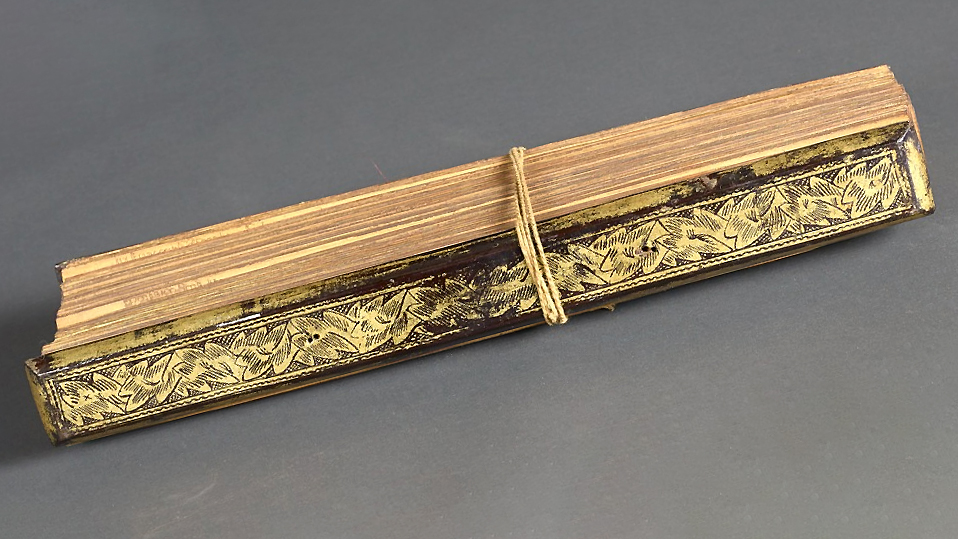Digitization or Restoration? The Sri Lanka Edition
All around the world, invaluable cultural resources are threatened by political conflict, environmental challenges, and instability. In Sri Lanka, grassroots efforts offer two important models of preservation of knowledge, wisdom, and skills.
Sri Lanka has a rich written tradition, at the center of which stand palmyra manuscripts. These labor-intensive documents are infinitely valuable because they contain anything from time-tested medicinal methods to community lore to legal and historical records of the families and area. Often, they serve for the preservation of history and customs, as well as passing on useful knowledge to healers and artisans.
These palmyra manuscripts, like all things made by hand and passed down from generation to generation, are uniquely liable to perish. Whether that be through improper storage when members of the family stop caring. Or when conditions, such as armed conflict, lead to the mass destruction and neglect of the manuscripts. In Sri Lanka, (as profiled in this article by the Global Press) the protracted civil war led to an estimated hundreds of thousands of destroyed manuscripts in the Jaffna district alone. In response, community members and scholars alike are looking for ways to ensure their safety and restore this valuable written tradition.
One way has been through digitization. Efforts by the Noolaham Foundation to set up a Digital Manuscripts Archive (started in 2018) have already led to the digitization of more than 30,000 manuscripts, with many more in the works. Researchers coordinate with families to clean and scan the document, as well as accepting manuscripts from larger established collections and scanning manuscripts that would otherwise languish without any readers. This method keeps the information on the manuscripts safe but often means the sequestering the manuscripts away in archives where they cannot be used by the families which rely on them and don’t participate in the living tradition of manuscripts written and based around.
On the other hand, there are more traditional methods. Such as T. Koyilaar Sivasaamy’s efforts to restore from memory hundreds of religious manuscripts. However, while immensely important because they ensure that these documents flourish in their local settings, they lack the security of digitized manuscripts. If there will be another conflict, these too will be lost.
Ideally, as digitization efforts continue, they will have to find a balance with the local communities whose materials they attempt to preserve. A balance through which these manuscripts can continue to be, in Sivasaamy’s words, is indeed”something saturated within us.”
Further Reading:
- How Sri Lankans Are Preserving History, One Manuscript At a Time – Global Press Journal
- Palm-leaf manuscript – Wikipedia
- Ancient manuscripts from around the country under one roof – The Sunday Times
- Palm leaf manuscripts from South East Asia and Sri Lanka – Det Kgl. Bibliotek / Royal Danish Library
Please Support us on Patreon!
 The minimum level of contribution is only $1 per month.
The minimum level of contribution is only $1 per month.
Moreover, starting with the pledge level of $3, you will get a digitized vintage book about bookbinding, book history, or book arts each month from us!
These pledges help iBookBinding to continue its work and bring more information about bookbinding and book arts to you!


